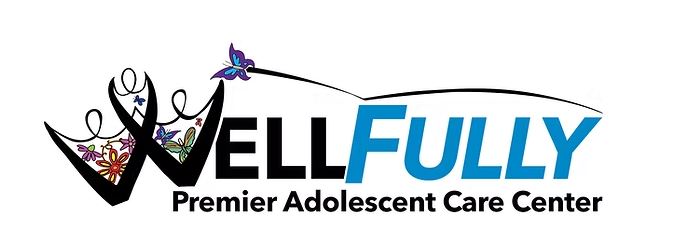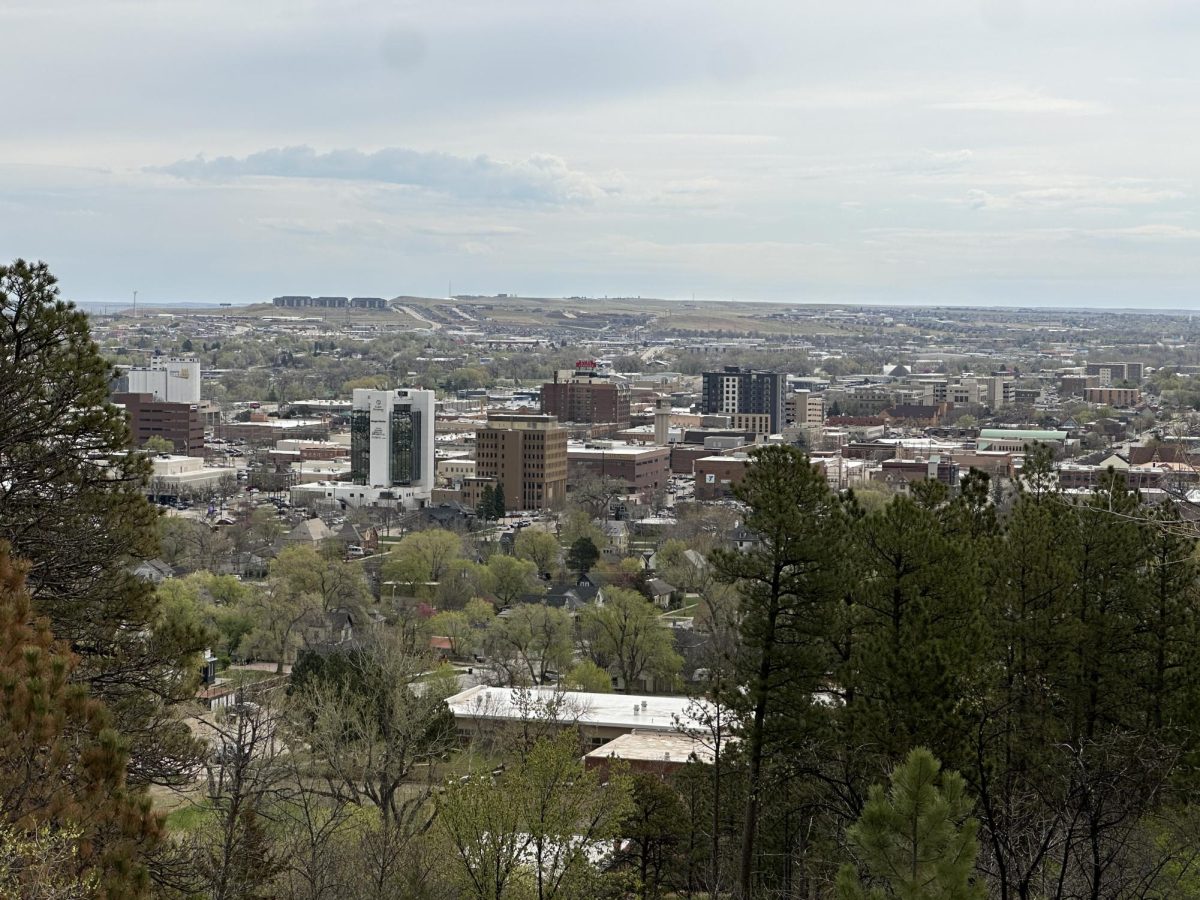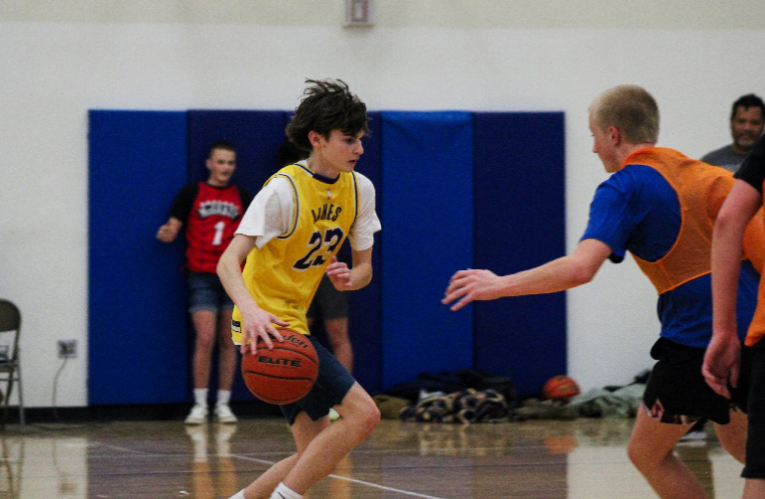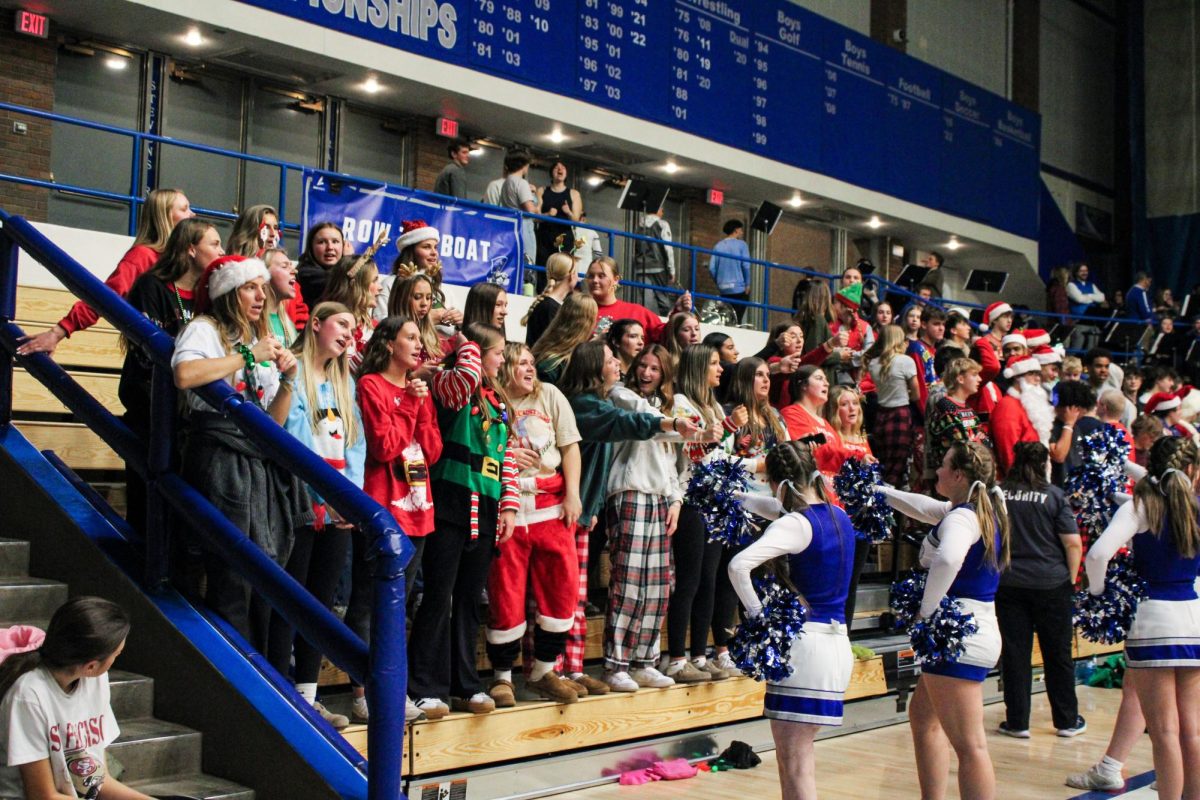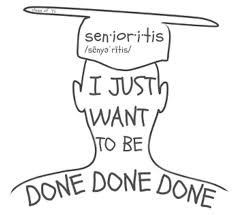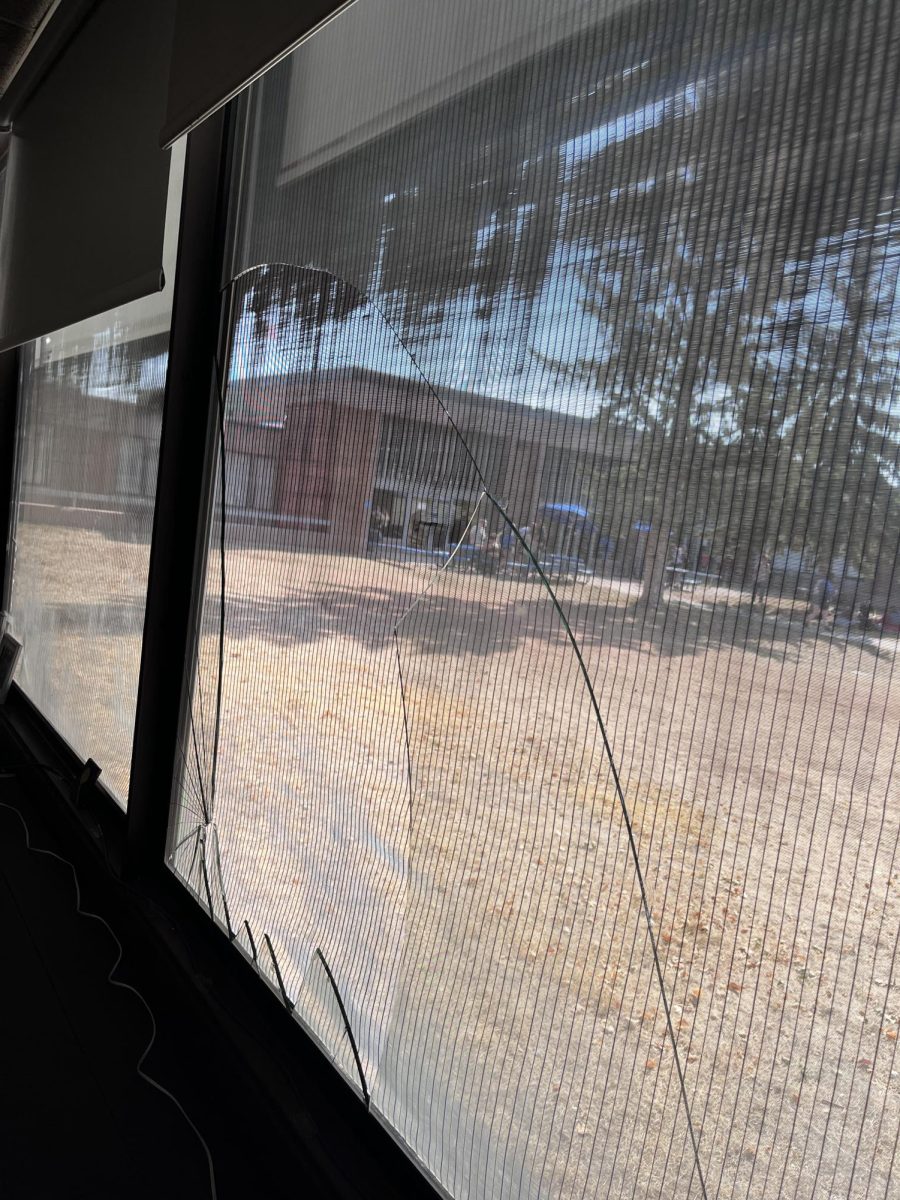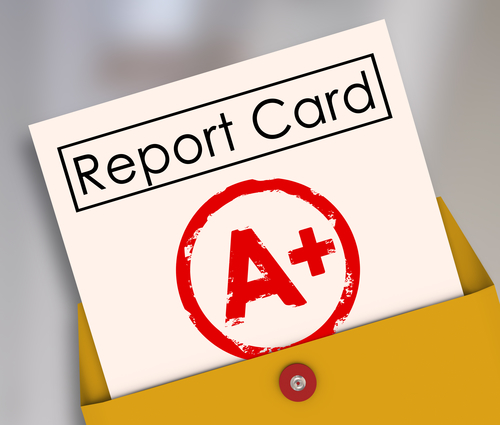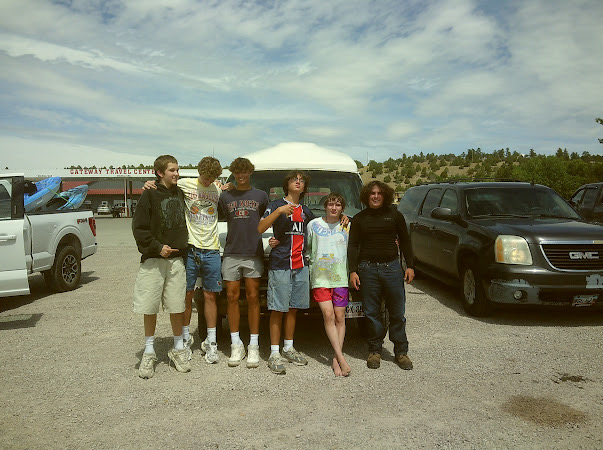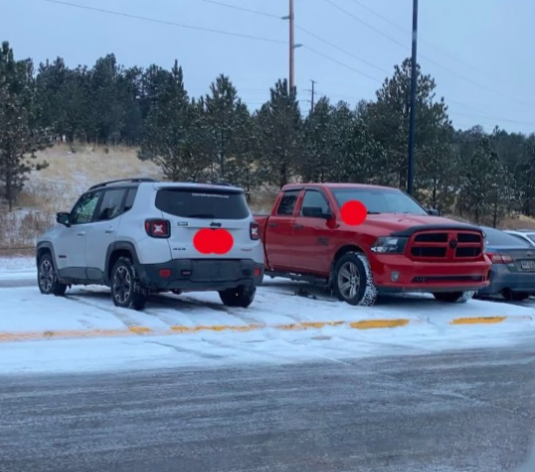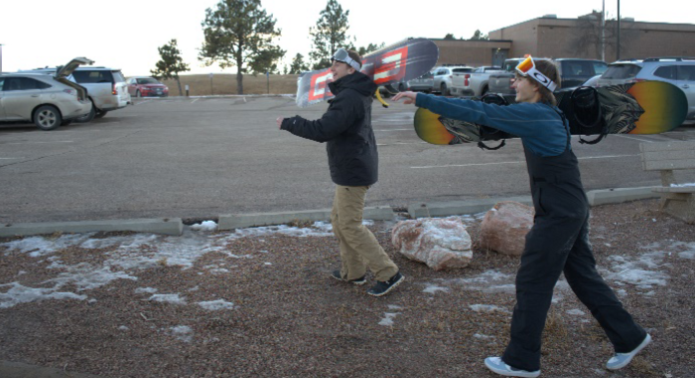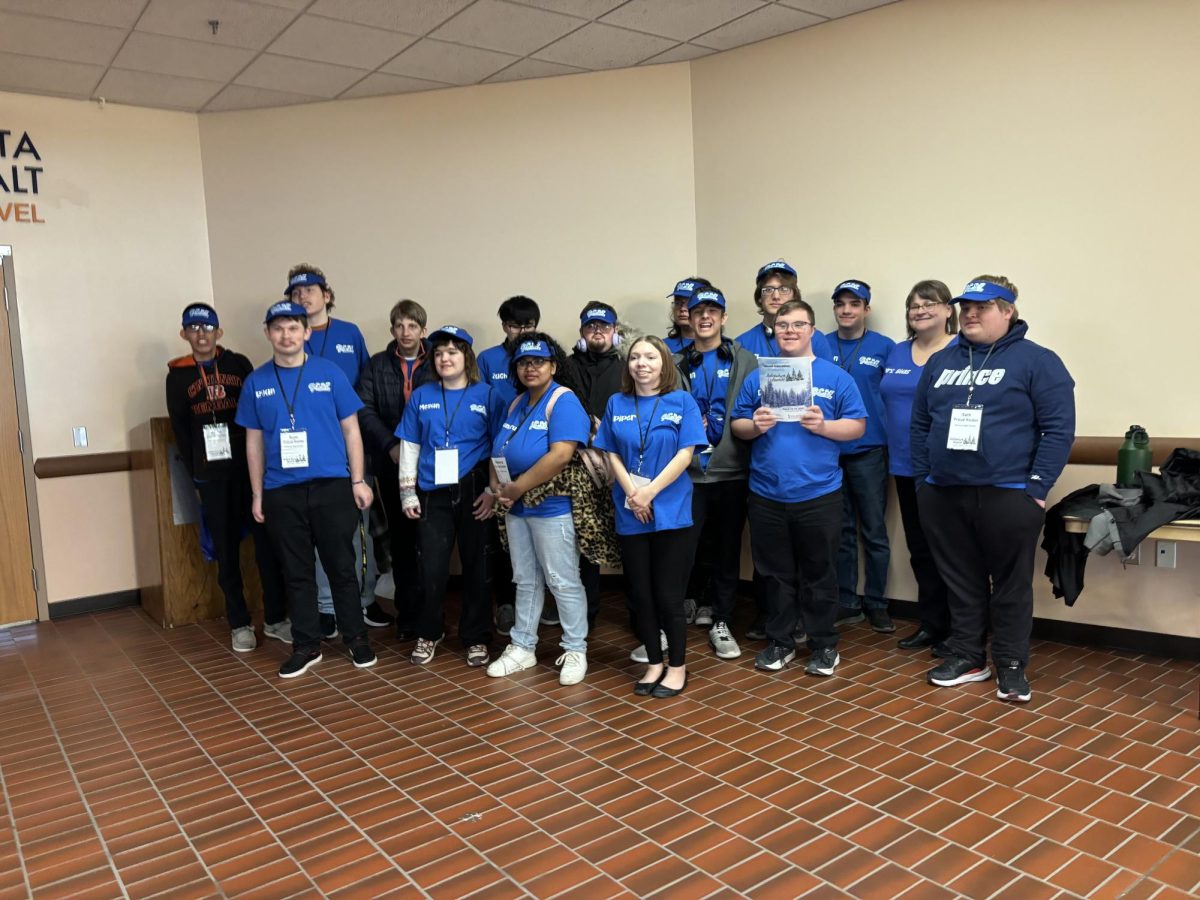According to South Dakota Housing, Rapid City alone holds about 31% of the overall homeless population in South Dakota. Housing insecurity for lower-income people and families in Rapid City is on the rise because of a lack of affordable housing and support from the community. As the cost of rent grows, so do waiting lists for housing programs.
One of the largest expenses someone is likely to pay is their housing. Based on Apartments.com’s listed rent prices, the average rent was $1,488, with a 1% increase in the last year reported in May 2025. While one percent may seem low, that equates to about $15 a month or $180 a year. Higher rent prices are not easy for lower-income individuals to afford with their income.
For example, minimum wage in South Dakota is $11.20 per hour, according to the South Dakota Searchlight. Someone who works 40 hours at minimum wage year-round, with no days missed, would gross about $23,300 pre-tax, which is a monthly take-home of about $1941. Thirty percent of that towards housing only amounts to $583, far below the average price for a one-bedroom apartment in Rapid City, which runs anywhere from $895 to $1100. Living off this amount of money creates an arduous lifestyle. Even if a person made $15 an hour, they would earn about $31,000 pre-tax, or $2583 monthly. If one-third of a person’s monthly income should go to shelter expenses, this allows for $782 a month, still below the average rent. A single person may be able to spend more than half of their income on housing costs and still have money for other necessities such as food, clothing, and transportation, but this does not work for family households, who are not allowed to rent one-bedroom apartments anyway.
Living off this amount of money creates an arduous lifestyle. Even if a person made $15 an hour, they would earn about $31,000 pre-tax, or $2583 monthly. If one-third of a person’s monthly income should go to shelter expenses, this allows for $782 a month, still below the average rent. A single person may be able to spend more than half of their income on housing costs and still have money for other necessities such as food, clothing, and transportation, but this does not work for family households, who are not allowed to rent one-bedroom apartments anyway.
One source of assistance is the Pennington County Housing Redevelopment Commission (PCHRC). PCHRC offers various housing programs to those in need in various areas in South Dakota, such as Pennington County, Fall River County, and the City of Martin. Some of the housing programs consist of the Section 8 housing voucher, the VASH (Veteran Assistance Section Housing) voucher program, and the Foster Youth to Independence program. The programs help pay part of people’s rent, making an impactful difference.
Becky Eisenbruan, PCHRC Public Housing Supervisor, said, “ Section 8 housing vouchers have our biggest impact, with a lot of people on the waiting list all the time.”
Another such program is for children aging out of the foster care system. Bill Wimp, PCHRC Section 8 Supervisor, said, “We’re getting more applications and more follow-through with the younger clients.”
The one downside to offering help in a place where so many need it is the resources needed. “More units available and funding would be great,” Bill Wimp and Becky Eisenbraun said at the same time during their phone interview. With only a limited number of resources available, they can only help so many people. Since only so many people receive help, they have a public waiting list.
PCHRC’s list is quite long. Based on the waiting list provided by them, 9,059 people are waiting on the list as of April 4. With such high demand for aid, people could end up waiting months before they can even be helped. Specifically, there are 2,921 people alone on the Section 8 vouchers, with an expected wait time is 28-30 Months.
It isn’t very likely that Rapid City is going to see a stop in the growth of housing costs soon, but it does need a solution to housing affordability for lower-income groups. Thankfully, PCHRC has made a strong start to the issue, but more help is needed. With more light on the subject, lower-income groups can find comfortable places to call home that everyone deserves.
Categories:
Where We Live, if We Can
Sawyer Hill
•
May 14, 2025
0
